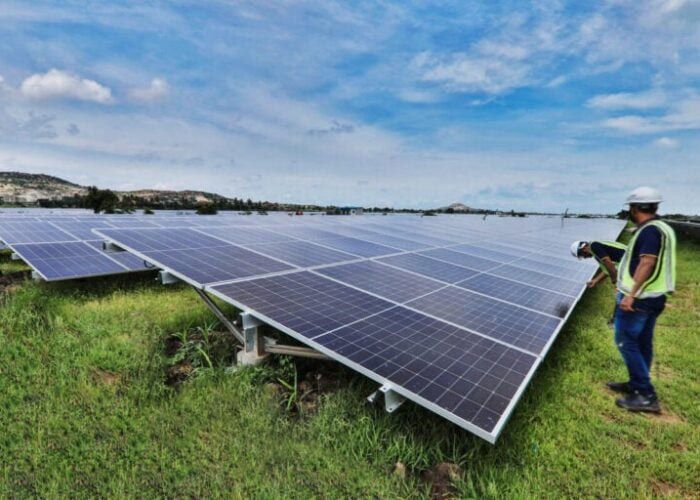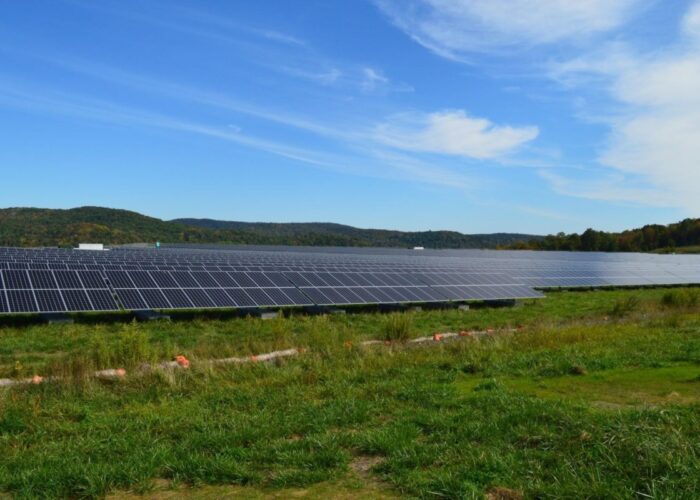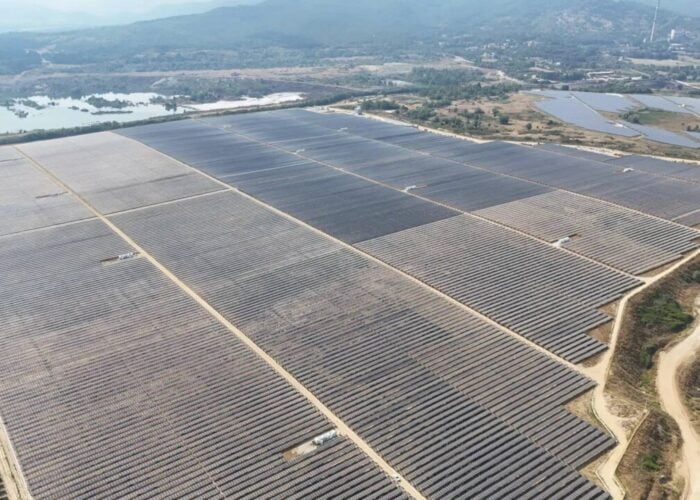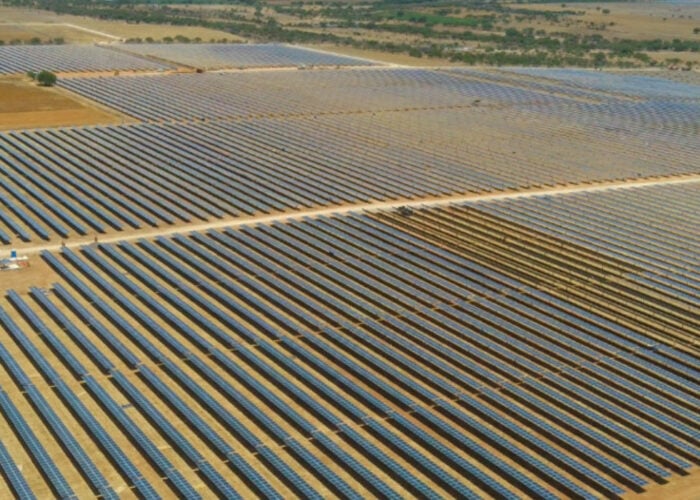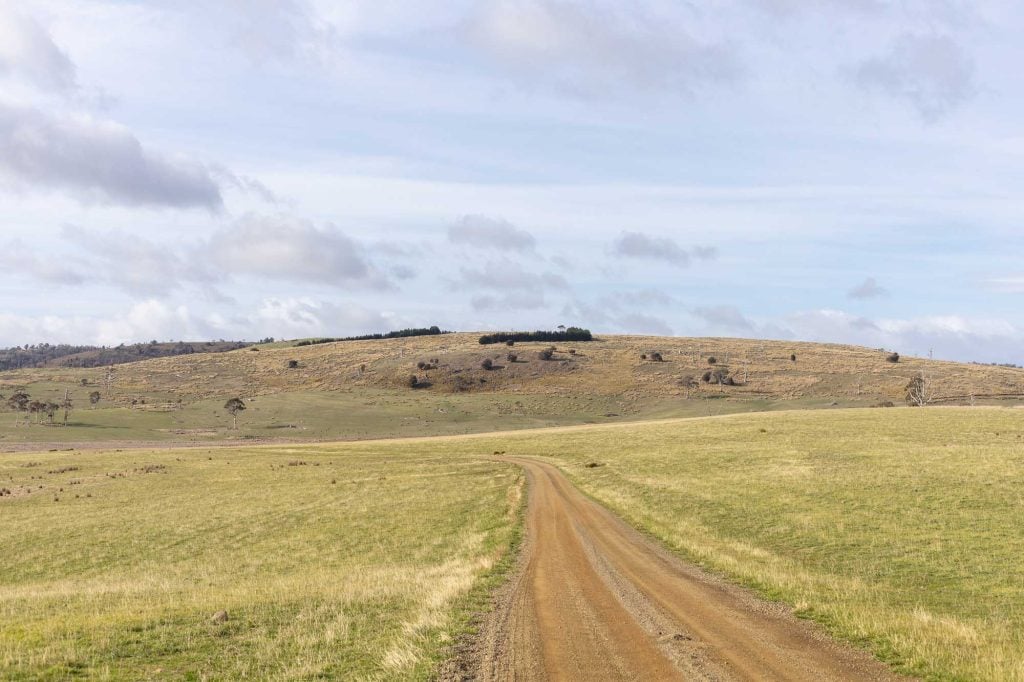
Malaysian engineering and infrastructure giant Gamuda has expanded its presence in the Australian renewables sector by partnering with Tasmanian landowners to build a 1.2GW portfolio, which includes solar PV.
This portfolio will include around 600MW of solar PV and wind generation and up to 600MW of battery energy storage systems (BESS).
Try Premium for just $1
- Full premium access for the first month at only $1
- Converts to an annual rate after 30 days unless cancelled
- Cancel anytime during the trial period
Premium Benefits
- Expert industry analysis and interviews
- Digital access to PV Tech Power journal
- Exclusive event discounts
Or get the full Premium subscription right away
Or continue reading this article for free
Through its Australian subsidiary, Gamuda Holdings, the company has partnered with the Downie Family and its development partner Alternate Path, an energy consultancy based in Victoria, to help develop the 250MW Weasel solar-plus-storage site and the 350MW Cellars Hill wind-plus-storage site in Tasmania.
Weasel solar-plus-storage project in Tasmania
The Weasel solar PV power plant is being developed 9km north of Bothwell in the centre of Tasmania, near the River Clyde.
It will connect to the National Electricity Market (NEM) and be located within the T3 Tasmania Midlands proposed Renewable Energy Zone (REZ).
The Australian government recently approved the project after it was submitted to the Environment Protection and Biodiversity Conservation (EPBC) Act in April 2025. Notably, the approval process was completed in just 20 days.
The solar PV power plant will feature up to 4,000 single-axis tracking PV modules installed over 270 hectares of land. The layout will allow for the continuation of agricultural practices, primarily sheep grazing, in a site use combination known as ‘agrivoltaics.’
Additionally, the solar-plus-storage site will include a co-located BESS with a capacity of 144MW/576MWh, occupying a 3-hectare area.
Cellars Hill wind-plus-storage project
The 350MW Cellars Hill wind-plus-storage site is an AU$1.5 billion (US$940 million) proposal that was granted ‘Major Project’ status by the Tasmanian government in February 2025.
The wind project includes plans for a 600MW/2,400MWh BESS to be co-located on the project site.
Gamuda has confirmed its support for the development of 600MW of BESS in Tasmania. However, with the combined total of the two projects amounting to 744MW, it remains unclear which projects will see their respective BESS downsized or scrapped.
PV Tech has contacted Gamuda about the new BESS sizes but has not received a response at the time of publishing.
Gamuda’s renewable energy vision for Tasmania
Gamuda will take an equity stake in the portfolio to secure development rights for current and future projects, delivering them under sole-source Engineering, Procurement, and Construction (EPC) contracts.
This strategy positions the company with a pipeline of energy construction work through to 2029. The agreement is subject to Foreign Investment Review Board approval.
Subject to further planning and development processes, construction of the Weasel solar PV plant is estimated to commence in 2027, with the Cellars Hill project following in 2028.
Gamuda’s chief strategy and growth officer, Jarred Hardman, stated that the Central Tasmania portfolio aligns perfectly with Gamuda’s energy strategy to become a leading end-to-end developer, builder, and owner of energy assets, thereby accelerating Tasmania’s clean energy future.
“This deal represents our first Australian investment and aligns with our goal to invest and construct high-quality energy projects to diversify and grow our Australian business,” Hardman said.
“This builds upon our ongoing success in the Australian infrastructure market, where we are delivering an AU$4.5 billion pipeline and is supported by our energy experience across a range of projects internationally.”
Tasmania’s renewable energy leadership
Tasmania is already 100% self-sufficient in renewable electricity generation and has been net zero in six out of the last seven years.
Most of the state’s renewable energy supply comes from hydro generation and storage schemes, with Tasmania holding 27% of Australia’s total freshwater dam storage capacity.
Additionally, the state benefits from Tasmanian wind plants, which are powered by the ‘Roaring Forties,’ an area of the globe with consistently strong winds year-round.
Despite this, solar has historically been limited to small-scale projects, contributing just 1% of Tasmania’s electricity.
However, the state government removed a ‘speed limit’ measure last year that had previously prevented state-owned utility Hydro Tasmania from developing large-scale renewable energy projects, such as solar, without a cumbersome Parliamentary process.



